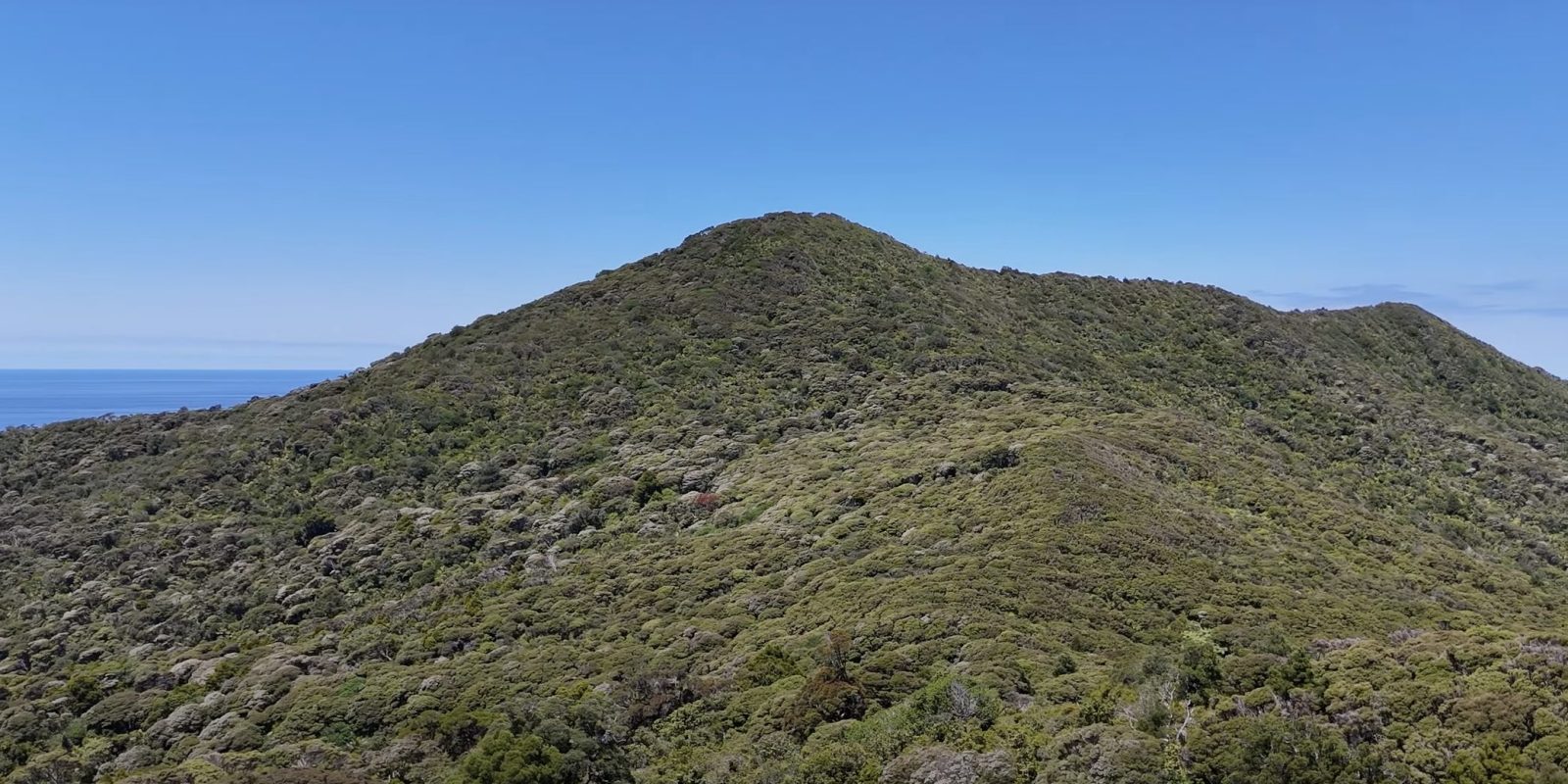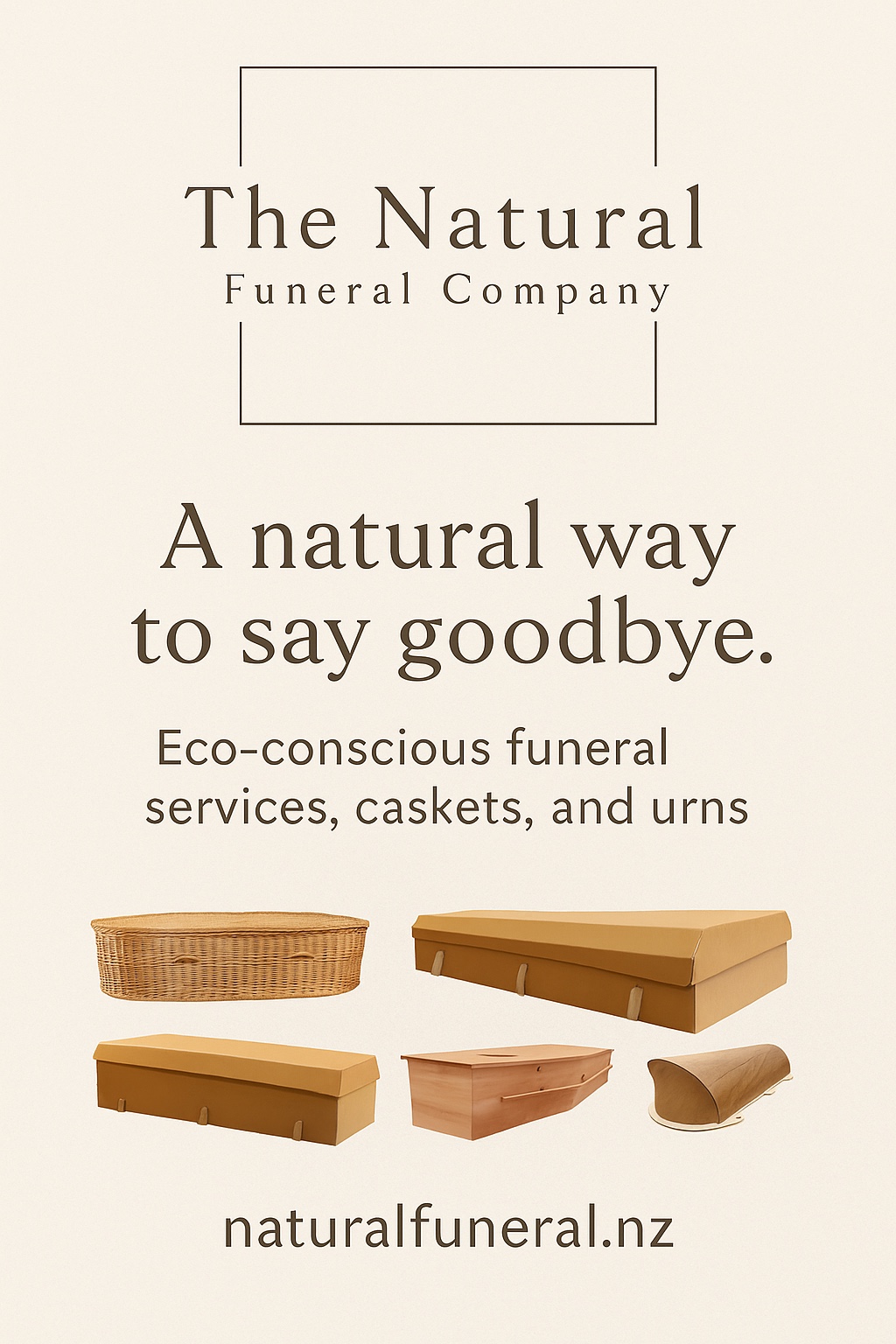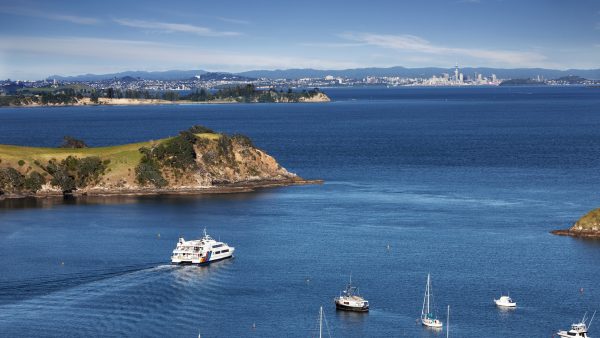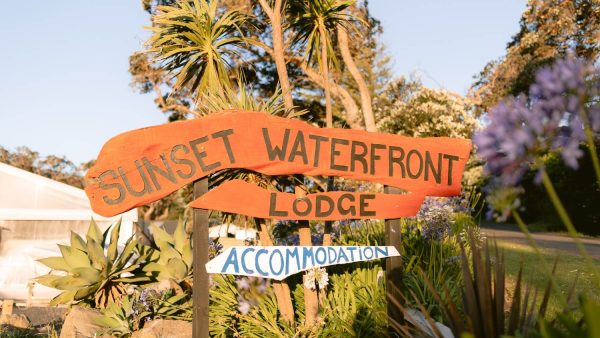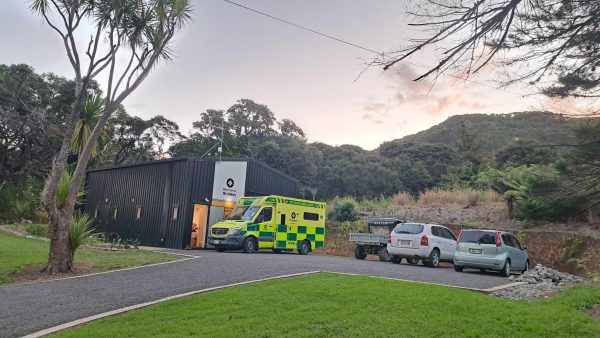The long-running Windy Hill Sanctuary on the island’s south-east has reduced its use of poison by two-thirds while continuing to record some of the lowest pest levels in the Hauraki Gulf.
The wildlife sanctuary, established more than 25 years ago by Judy Gilbert, is now being gradually handed over to assistant manager Louise Mack, with the field operations led by Jordan Scarlett and his team. The 2025 Annual Report to landowners shows strong results despite months of rough weather, staff turnover, and a complete rethink of the toxin programme.
“Dealing with kākā interference with our bait stations has led to a complete overhaul of our toxin operation,” the report says. “The Sanctuary has moved from permanent toxin use, 12 months of the year to a pulsing methodology.”
Under the new system, bait is laid for one month, checked weekly, and then removed for two months while trapping continues. The change means bait is out for about four months of the year instead of twelve, sharply cutting chemical use and reducing the chance of toxins building up in soil or waterways.
“The introduction of pulsing has not only reduced the time bait is spent in the environment,” the report continues. “Pulsing is believed to also increase effectiveness, reduce bait resistance, target pest control more effectively, and improve environmental sustainability by using less bait overall.”
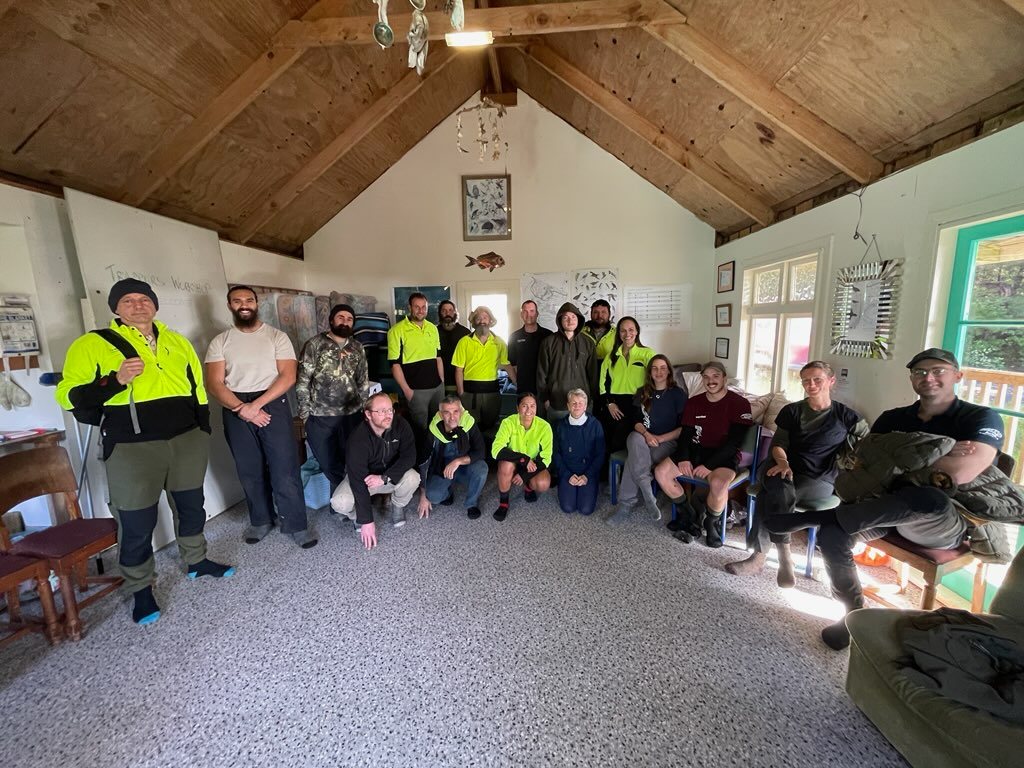
The results support that. Rat-tracking tunnels recorded just 7.17 percent activity in the managed area compared with 58.4 percent in nearby bush where no pest control is carried out. That figure is well below the Sanctuary’s target threshold of 10 percent.
Over the past year the team removed 2,607 rats, 110 mice, 33 cats, and 44 pigs across the 770-hectare site, along with smaller pest species.
The pulsing approach will run as a two-year trial before being reviewed against tracking data, but early results suggest it is working as intended — keeping pests down while reducing the overall amount of toxin in use.
The report notes, the Sanctuary’s success depends on the “partnership between the landowner and the Trust sharing the responsibility of protecting the biodiversity here.”


